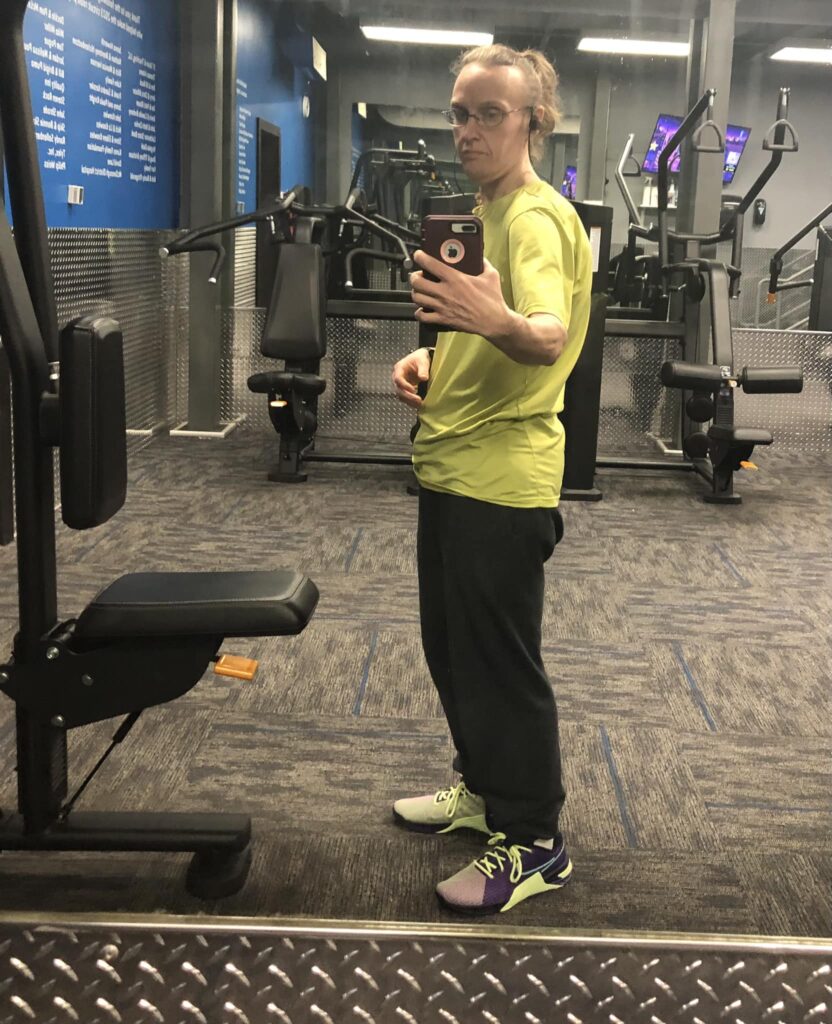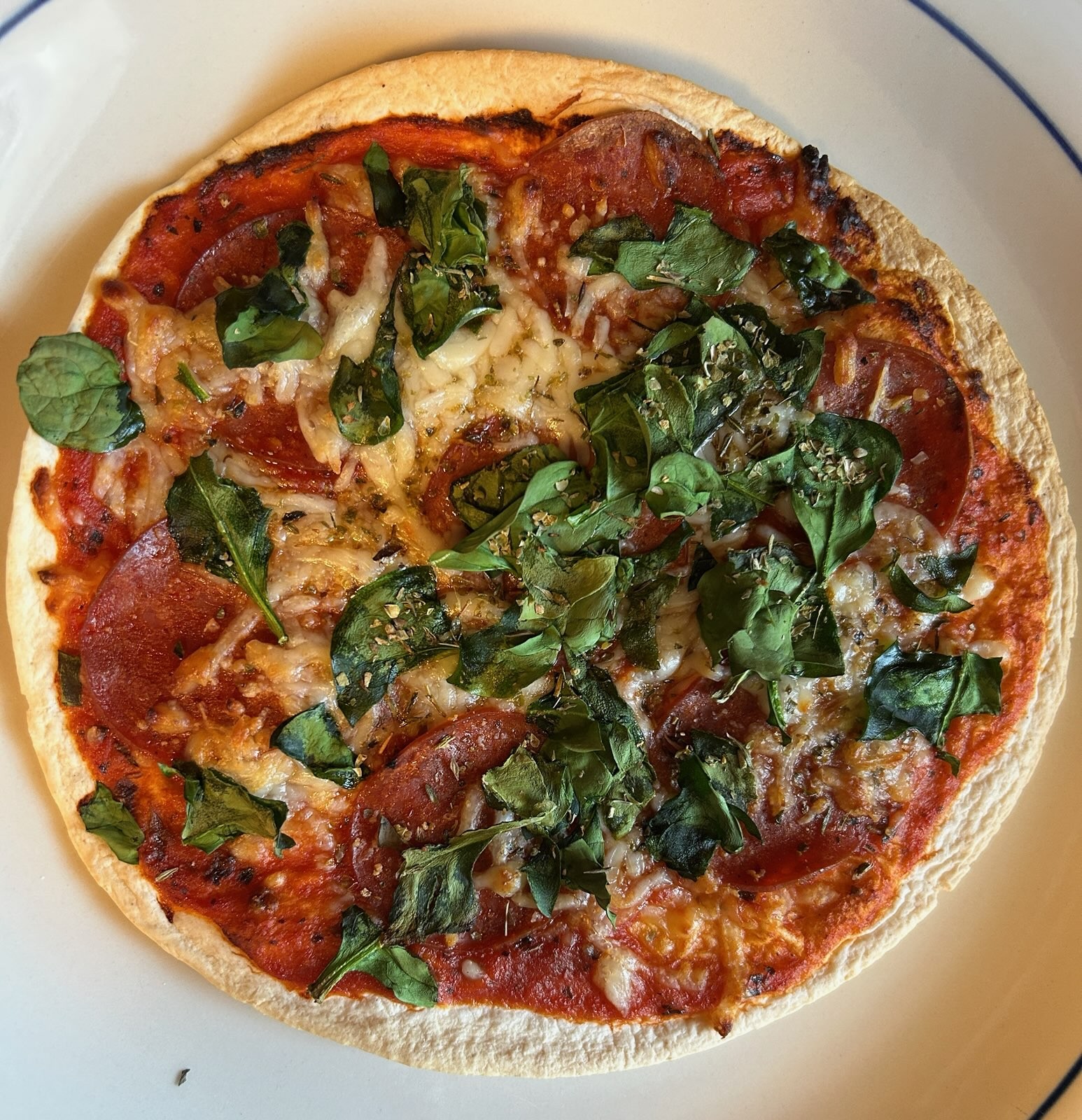When we get our bodies into a rhythm this can impact our appetite. This includes when we exercise and it’s impact on our appetite. Similarly, the activity we do, intensity and other factors can play a role in our appetite. Exercise can also impact and help control our hunger and appetite. While controlling hunger and appetite, we must remember that we still must eat to restore energy and stay healthy, especially when following a steady or intense work out regimen.
In this post I’ll talk about how exercise impacts hunger, times of day and how it affects our hunger and whether fasting or eating before a workout will work best for you.

Exercise and Appetite
Exercise can impact our appetites in multiple ways depending on the type of workout we do and the intensity of our workouts. We would tend to think that when we workout our appetite would increase to replace calories we burned. Over the long term, for certain exercises, this might be true, but overall Medical News Today has found that exercise may cause less food cravings.
Specifically, our body heat goes up when we exercise and this suppresses our urge to eat after we workout. They believe that this stimulates the brain to decrease the desire for food. I find that after I do an intense workout I rarely want to eat right after. Sometimes I have to wait an hour or two. When I do a long distance run, especially over 6 miles, I really don’t want to eat, but I try to force myself to at least have something light to restore some energy. I don’t eat a lot right after, but eat something. I have found that the longer my runs the more I want to eat throughout the day, but this was not what I experience with lighter workouts.
Best Time of Day to Train
There are positives and negatives to working out at different times of day. The idea is to determine what works best for you and be consistent about sticking to similar times each day. Morning workouts are my favorite and I have gotten my body into a rhythm after several years of consistently getting up in the morning.
Morning Workouts and Hunger Management
Some positives to working out in the morning, according to Oxygen Magazine, include working out on an empty stomach. This can be good or bad depending on the type of workout you are doing. Harvard Medical School found that working out on an empty stomach involves burning stored fat for an energy supply. The challenge is that if you do an extremely intense workout, such as a long run, you may need to fuel thirty minutes or more before exercising.
Other positives are that it releases endorphins that can put you in a good mood and make you more productive. Usually I find myself to be very productive until about 2 or 3pm, then my body starts to tire. This usually varies based on my workout intensity. Morning workouts can free up the rest of your day to not have to worry about scheduling around getting training in.
Downsides include getting up at crazy hours in the morning. This requires you to go to bed earlier or risk losing sleep. Also, be sure to warm up properly because your body needs to wake up. I start walking and moving about thirty minutes before I go on a morning run to ensure my body is awake.

Midday Workout Strategies
If early morning workouts don’t fit into your schedule, then midday, lunchtime workouts might work better for you. Getting some form of movement during your lunch break can help break up the day and your eating habits. For me, this is especially true because around lunchtime or early afternoons, I find myself picking at food usually because I am bored. Getting movement in around this time, breaks up a long day and the boredom that can come, especially if you do work that is in an office or repetitive.
Like working out at any time of day, there are positives and negatives to midday. Working out around lunchtime can offer an energy boost to get through the afternoon. When you reach the point in your day where you are getting tired, movement can help wake the body up and make you more alert. For some people, it is a convenient time, especially if you are trying to balance work, life and family. It also helps with appetite control because it helps regulate your metabolism and curb your appetite. This can help control the desire to overeat.
Some of the challenges that come with a midday workout are time constraints. If you have a set lunch period, this can lead to rushing your workouts. It may not allow for sufficient time to warm up and cool down. It can also limit the intensity and length of your workout. Another challenge may be hygiene. If you do intense workouts, you may not have time to shower. Another challenge, is that the workout could cause fatigue making it difficult to finish the day.
Evening Exercise Considerations
Many people find that evenings work best for them to get a workout in. This can offer a boost after work and for some people, it is a way to wind down the day. I personally find evening workouts difficult, beyond a walk or hike, but that is mainly because I have conditioned my body for mornings.
The pros and cons of working out in the evenings vary, like other times of day. Women’s Health found, that there are benefits and drawbacks to evening and afternoon workouts, specifically walking. Walking at these times can help aid in digestion, especially if done after eating. These times, as with any time, helps decrease the potential for cardiovascular disease. Lastly, it might help prevent snacking more in the evenings.
On the flip side, workouts in the evenings, especially more intense ones could increase your desire to snack more. When you burn energy, eventually your body wants to replace it. Exercise in the evenings could impact your sleep patterns. This is especially true if you are a morning person, it can delay when you fall asleep. Monitor how it impacts your sleep and adjust if there are issues.

Fasted vs. Fed Exercise for Hunger Control
Like most other things in a wellness journey there are good and bad to whether you exercise on an empty stomach or eat beforehand. Personally, I do a little of both depending on the activity I have planned, intensity or length of time the activity will take. When I plan to do longer runs or more intense workouts in the morning, I will break my fast about 30 minutes before with something light. If the workout is not that extensive, I will wait until after I finish to eat. This is all planned around my energy levels and needs.
The research varies when it comes to whether your body should be full or empty to train. When it comes to fat burning, some research has found no difference, while others have found that training in a fed state can boost metabolism and fat burn. The intensity of the cardio and training should be a major determining factor in eating before a training. Hormones can also play a role in whether you should eat beforehand.
From personal experience, I can say that you should listen to your body and avoid overeating before. If you eat a meal before, give your body time to adjust. An intense workout on a full stomach can make you sick. Similarly, an intense workout on an empty stomach can make you nauseous. Listen to your body and do what it is telling you to do. The more intense the workout, the more your body will need fuel.
Customizing Your Exercise Timing
There are many factors that come into play when it comes to hunger and the role exercise can play. There is no set time to get a workout in except for what works best for you. Experiment with different times and determine what works best for your daily schedule. Adjust your workouts to work for you. If you find yourself not sleeping or wanting to eat a lot afterward, determine if you are starting too late or what other factors may be involved, like hormones. Like everything else in a wellness journey, adjustments will need to be made as you learn more about your body and mind.


Leave a Reply